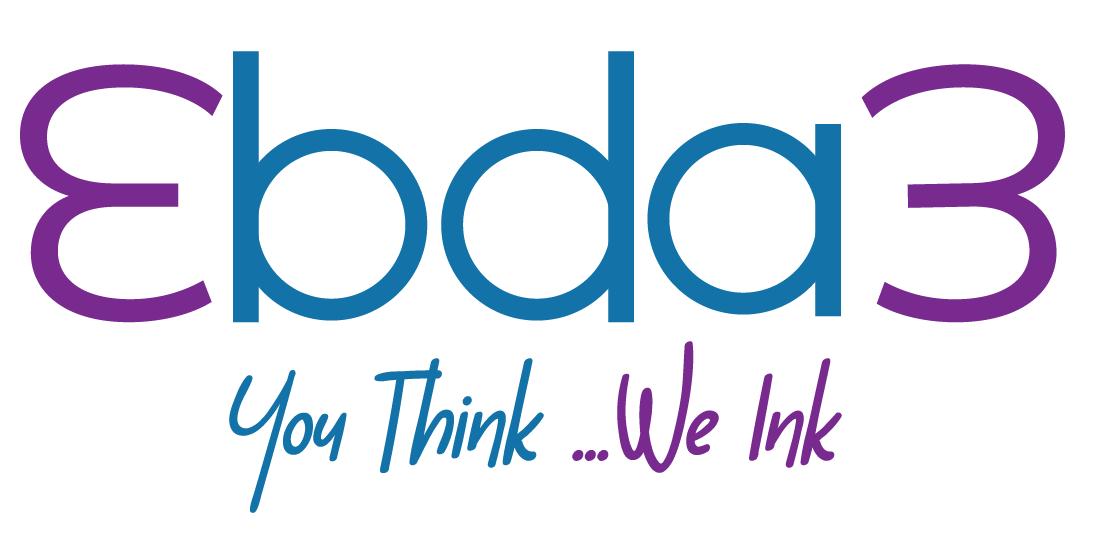Content Writing 101

What Is Content Writing?
Content writing encompasses the process of ideating, crafting, and disseminating written material for online consumption. This written material spans across various formats such as articles, blog posts, product descriptions, and marketing copy. The primary objective of content writing is to inform, educate, or persuade readers. It serves multiple purposes, including:
Building brand awareness
Increasing website traffic
Generating leads
Improving search engine rankings
Establishing credibility
Why Is Proper Content Writing Important?
While many associate content writing solely with articles, its significance extends far beyond blog posts. Content writing is integral to diverse content formats, including video scripts, email newsletters, keynote speeches, social media posts, and more. Essentially, writing serves as the foundation for virtually every piece of content published.
Best Practices
Create an Outline
Initiating the content writing process with an outline significantly enhances the final outcome. Outlines offer two main advantages:
Organization: Outlines compel writers to structure their thoughts cohesively, expediting the writing process.
Clarity: They provide a high-level view of the content, ensuring all major points are covered.
Effective outline creation strategies include leveraging successful past content, utilizing templates, or drawing inspiration from top-performing content in your niche.
Make It Easy to Consume and Share
Content that is easily digestible and shareable is paramount for success. Consider the following tips:
Engaging Content: Whether through humor, visual aids, or formatting techniques, aim to capture and retain audience attention.
Shareable Quotes: Incorporate quotable statements within your content to enhance shareability on social media platforms.
Unique Angles: Differentiate your content by infusing it with compelling angles or personal anecdotes.
Actionable Content: Provide actionable insights or step-by-step processes to make your content practical and useful.
Ensure Trustworthiness
Establishing trust with your audience is essential for content success. Strategies to enhance trustworthiness include:
Grammar and Clarity: Maintain proper grammar and clarity to uphold professionalism and credibility.
Thorough Research: Support your content with reputable sources and references to demonstrate expertise.
First-hand Experience: Whenever possible, share personal experiences to bolster authenticity and credibility.
Craft Magnetic Headlines and Introductions
Given the fleeting attention span of online audiences, captivating headlines and introductions are critical. Key considerations include:
Emotional Impact: Infuse headlines with emotion to resonate with readers.
Conciseness: Keep introductions brief and to the point to capture immediate interest.
Benefit-driven Approach: Highlight the benefits or value proposition of your content to entice readers.
How to Become a Content Writer?
Embarking on a career in content writing involves several key steps:
Learn SEO Fundamentals: Acquaint yourself with the basics of SEO, including keyword research and on-page optimization.
Niche Specialization: Identify a niche where you can offer unique insights or solutions to engage your target audience effectively.
Develop a Unique Writing Style: Cultivate a distinct writing voice that is clear, engaging, and actionable.
Create a Portfolio: Showcase your writing skills and versatility through a portfolio of diverse content pieces.
Learn from the Best: Continuously seek inspiration and insights from top content writers and digital marketing resources.
Seek Feedback and Improvement: Embrace feedback as a means of refining your writing skills and evolving as a content creator.
In Summary
Content writing serves as a cornerstone of online communication, encompassing various formats and objectives. By adhering to best practices and continuously honing your skills, you can establish yourself as a proficient content writer capable of delivering valuable and engaging content to your audience.





